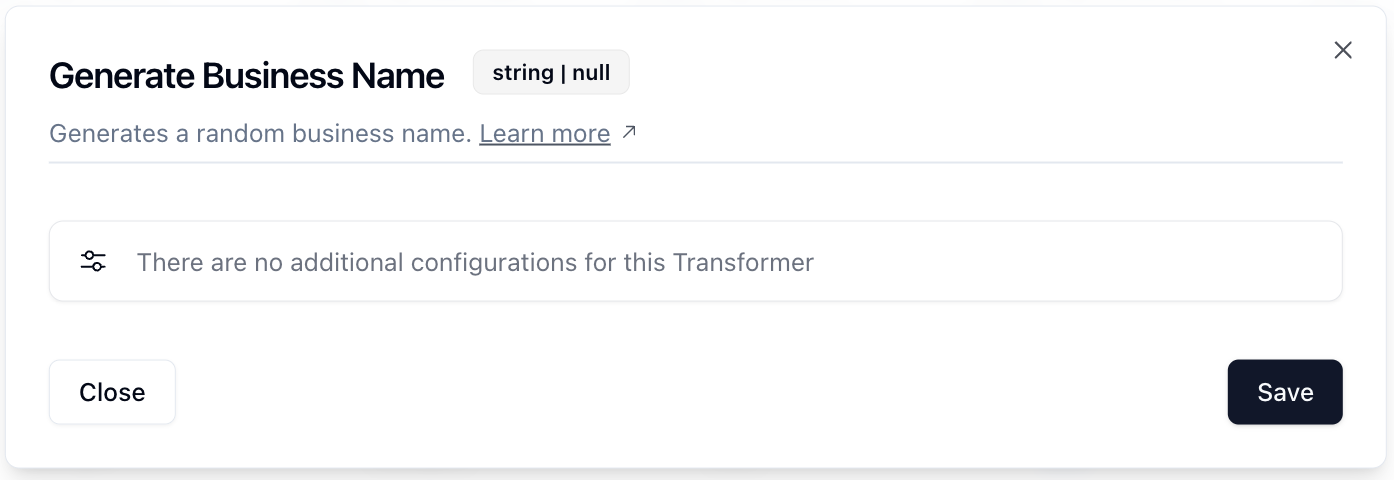
Top Open Source Alternatives to Tonic AI for Data Anonymization and Synthetic Data
Top Open Source Alternatives to Tonic AI for Data Anonymization and Synthetic Data
March 31st, 2025

We're back with another set of brand new features and updates from November! Here's what's new to Neosync:
Neosync now supports EU regions in Neosync Cloud making data residency and GDPR a breeze.

You can configure Neosync to auto-map new columns coming in so that your job doesn't stop running if it detects a new column or table.

We've added a new IP Address Transformer that can generate all classes (public and private) of IP addresses.

We've added a new Transformer that can generate realistic business names.
We now support creating and syncing SQL server schemas across environments natively in Neosync!
We've revamped the data type mapping when syncing from S3 -> postgres/mysql/mssql, making it faster and more stable.
We've massively optimized the Job Mapping Table to be faster and handle larger schemas
The Anonymziation API which can anonymize free form text now supports french, spanish, italian and german.
Here's some news and articles that we found interesting this month:
// TODO: refactor

Some helpful links to have handy:
Thanks for reading and see you in the new year!

Top Open Source Alternatives to Tonic AI for Data Anonymization and Synthetic Data
March 31st, 2025

Top 4 Alternatives to Tonic AI for Data Anonymization and Synthetic Data Generation
March 25th, 2025

Nucleus Cloud Corp. 2025